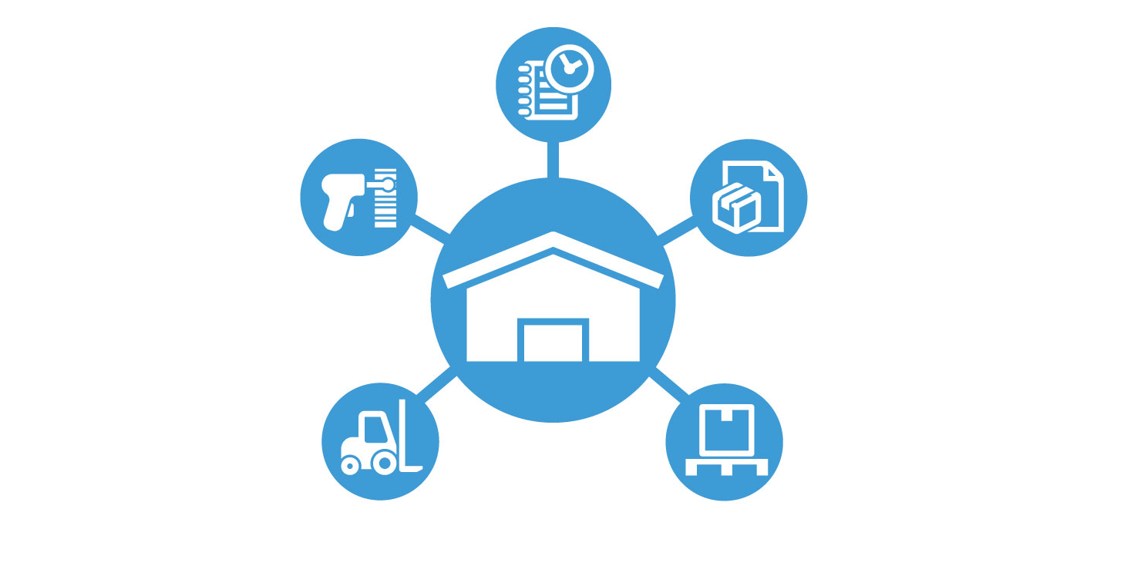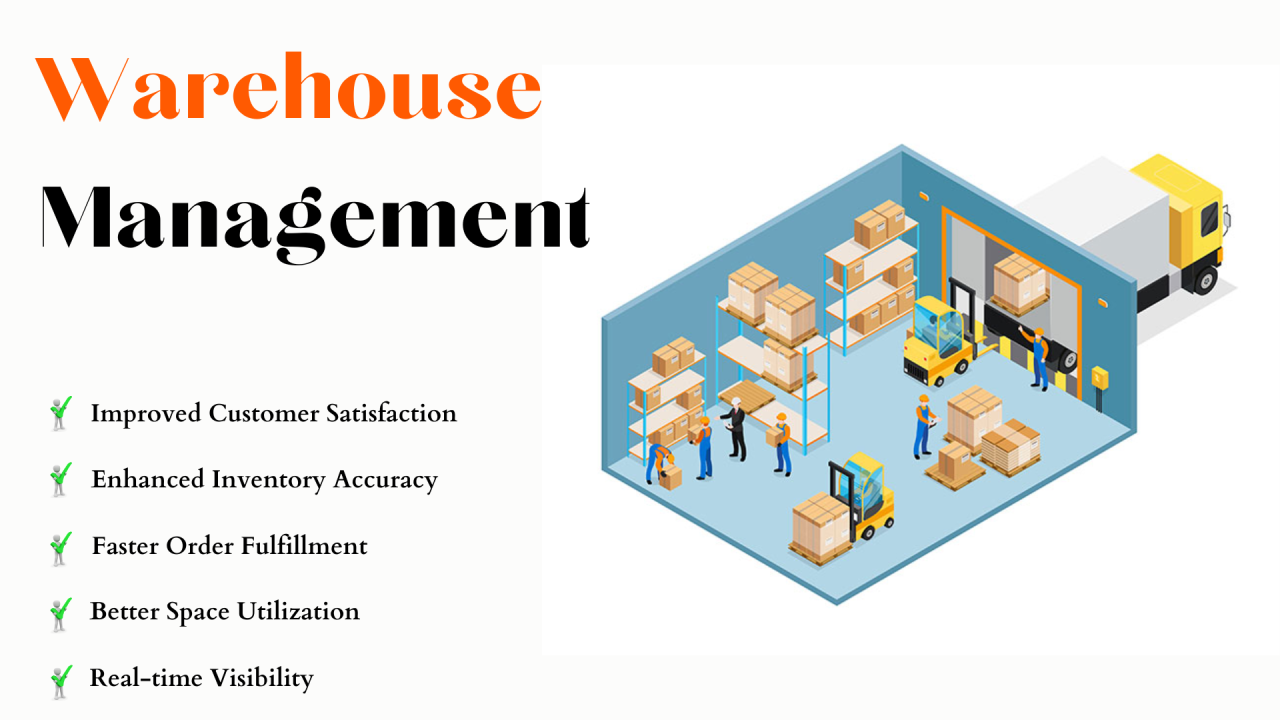
In today’s fast-paced retail environment, local shops face stiff competition not only from large retailers but also from online marketplaces. Therefore, to stay ahead, it’s crucial for small businesses to adopt efficient technologies that streamline operations and enhance customer experience. One such critical technology is a robust Warehouse Management System (WMS) integrated with a Point of Sale (POS) system. Here’s why this combination is essential for local shops:
1. Streamlined Inventory Management
First and foremost, a good WMS integrated with a POS system ensures real-time tracking of inventory levels. This integration helps local shop owners maintain optimal stock levels, preventing overstocking or stockouts. When a product is sold, the POS system updates the inventory in the WMS instantly, reflecting accurate stock levels. Consequently, this real-time visibility into inventory helps in making informed purchasing decisions, reducing holding costs, and avoiding the disappointment of stockouts for customers.
2. Enhanced Customer Experience
Furthermore, nothing frustrates a customer more than finding out that a desired product is out of stock. With an integrated WMS and POS system, local shops can ensure that popular items are always available. The system can also provide insights into sales trends, allowing shop owners to stock up on high-demand products. Additionally, real-time inventory data can be shared with customers through the shop’s website or app, offering a seamless shopping experience.
3. Efficient Order Fulfillment
Moreover, an integrated system facilitates efficient order processing and fulfillment. When a customer places an order, the POS system communicates with the WMS to ensure the item is picked, packed, and ready for delivery or pickup promptly. This not only speeds up the fulfillment process but also reduces errors and improves accuracy in order handling. As a result, happy customers are repeat customers, and efficient order fulfillment plays a significant role in customer satisfaction.

4. Improved Data Accuracy
In addition, manual inventory management is prone to human error, leading to discrepancies between actual stock and recorded stock levels. An integrated WMS and POS system automates inventory updates, significantly reducing the chances of errors. This accuracy is crucial for maintaining customer trust and ensuring smooth operations. Moreover, accurate data helps in better financial planning and reporting.
5. Better Reporting and Analytics
A WMS combined with a POS system also provides valuable insights into sales performance, inventory turnover, and customer preferences. Local shop owners can generate detailed reports and analytics to understand business trends, identify best-selling products, and forecast future demand. These insights are essential for strategic planning and making data-driven decisions that drive growth.
6. Scalability and Flexibility
Lastly, as your local shop grows, so do your operational complexities. A good WMS with POS integration is scalable, allowing you to expand your business without significant disruptions. Whether you open new locations or expand your product range, the system can adapt to your growing needs. This flexibility ensures that your business can continue to operate smoothly and efficiently as it scales.
Conclusion
In conclusion, a robust Warehouse Management System integrated with a Point of Sale system is no longer a luxury but a necessity for local shops aiming to stay competitive. This powerful combination streamlines operations, enhances customer satisfaction, and provides critical insights for better business management. By investing in an integrated WMS and POS system, local shop owners can ensure they are well-equipped to meet the challenges of the modern retail landscape and thrive in their business endeavors.





